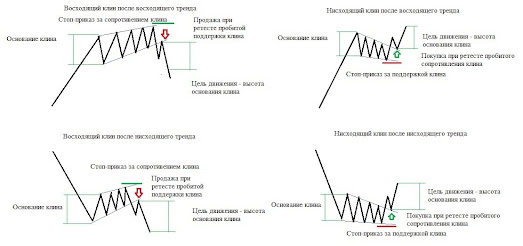Modern materials - fiberglass, carbon fiber and composites - are constantly expanding the possibilities of fishing tackle. They allow you to create tackle that combines the required length, elasticity, strength and low dead weight. Until now, our compatriots can be found bamboo and even wooden rods. But the time of wooden rods is gone, they are not able to compete with modern materials. What are composite materials? These are materials that are used in various combinations (compositions) of high-strength plastic and fiber materials. Rods are made of fiberglass, carbon fiber, boron fibers, high and low modulus graphite and some other materials. Nowadays, you can buy a rod for almost every taste: from cheap fiberglass "telescopes" to high-end pole rods made of high modulus graphite. Fiberglass telescopic rods remain in the hobbyist's arsenal due to their low price and satisfactory strength. Their disadvantages are their large (compared to graphite and composites) weight, ...
- Get link
- X
- Other Apps

